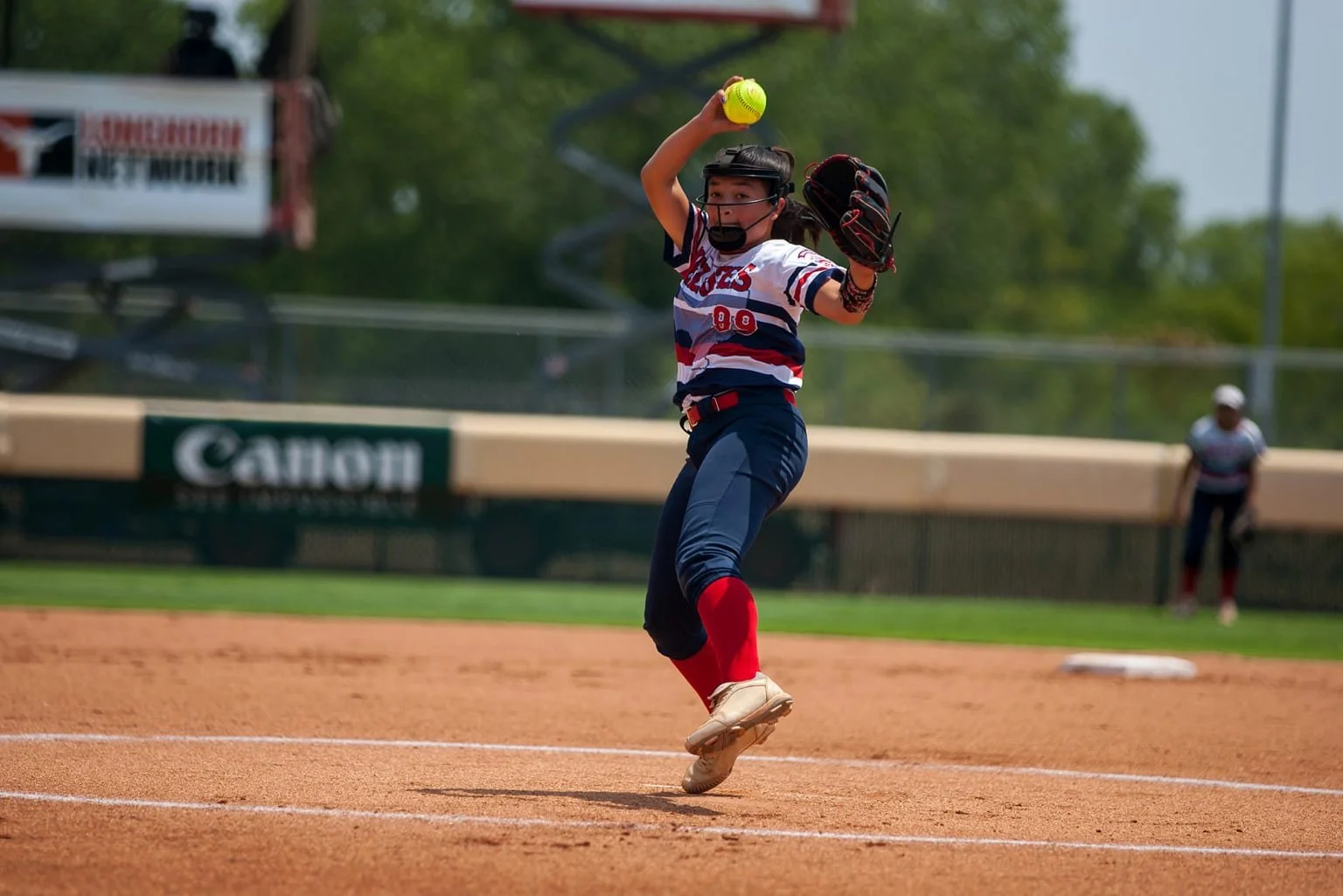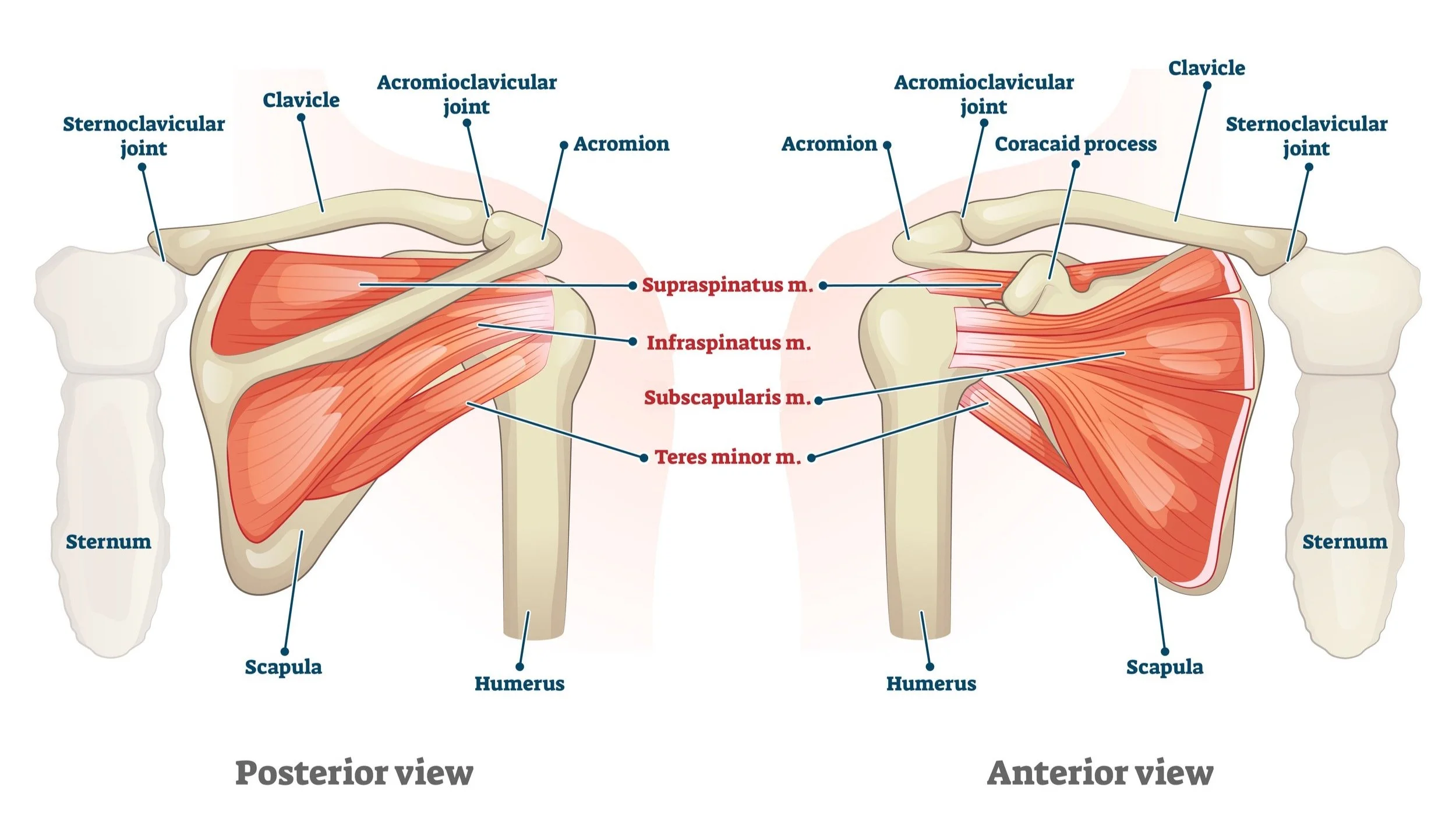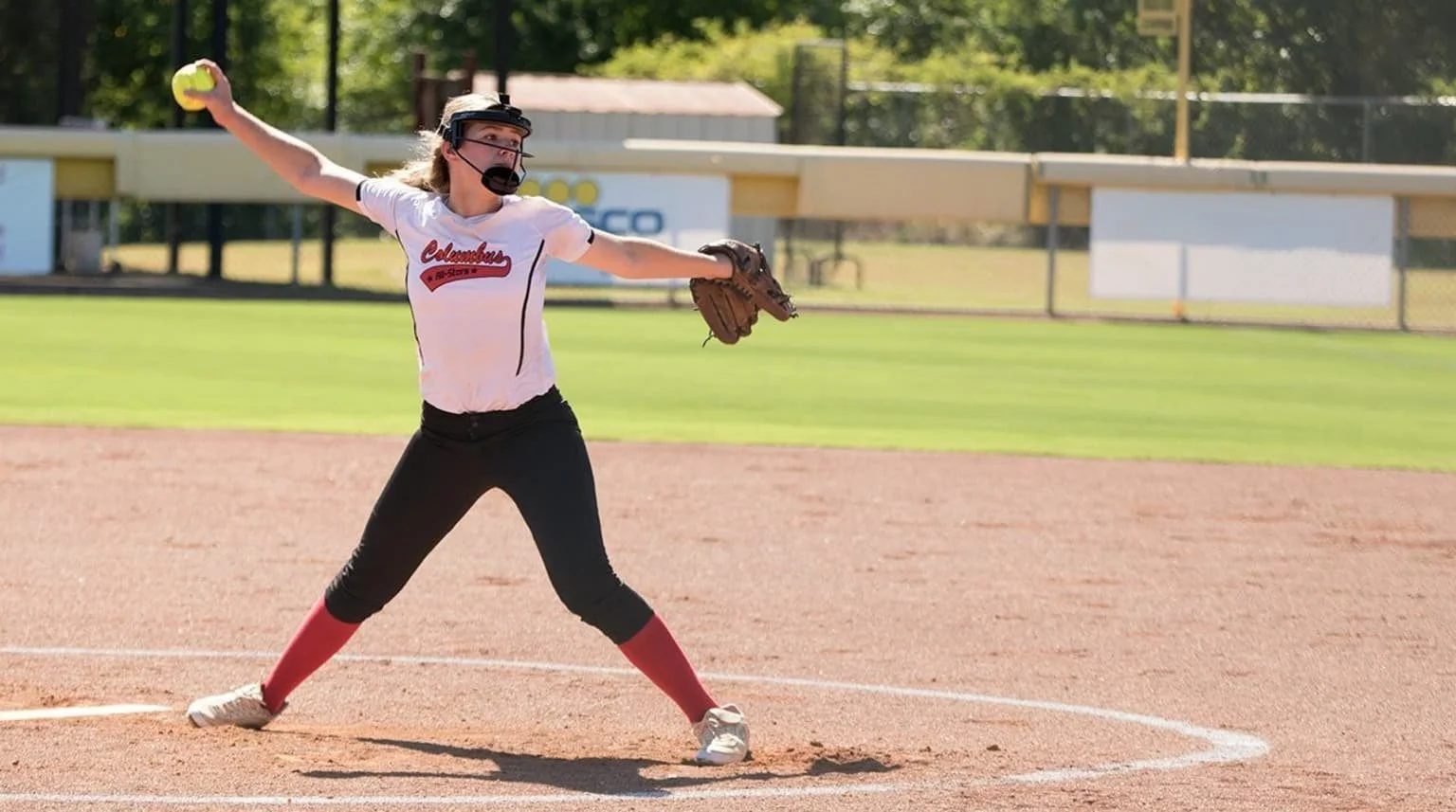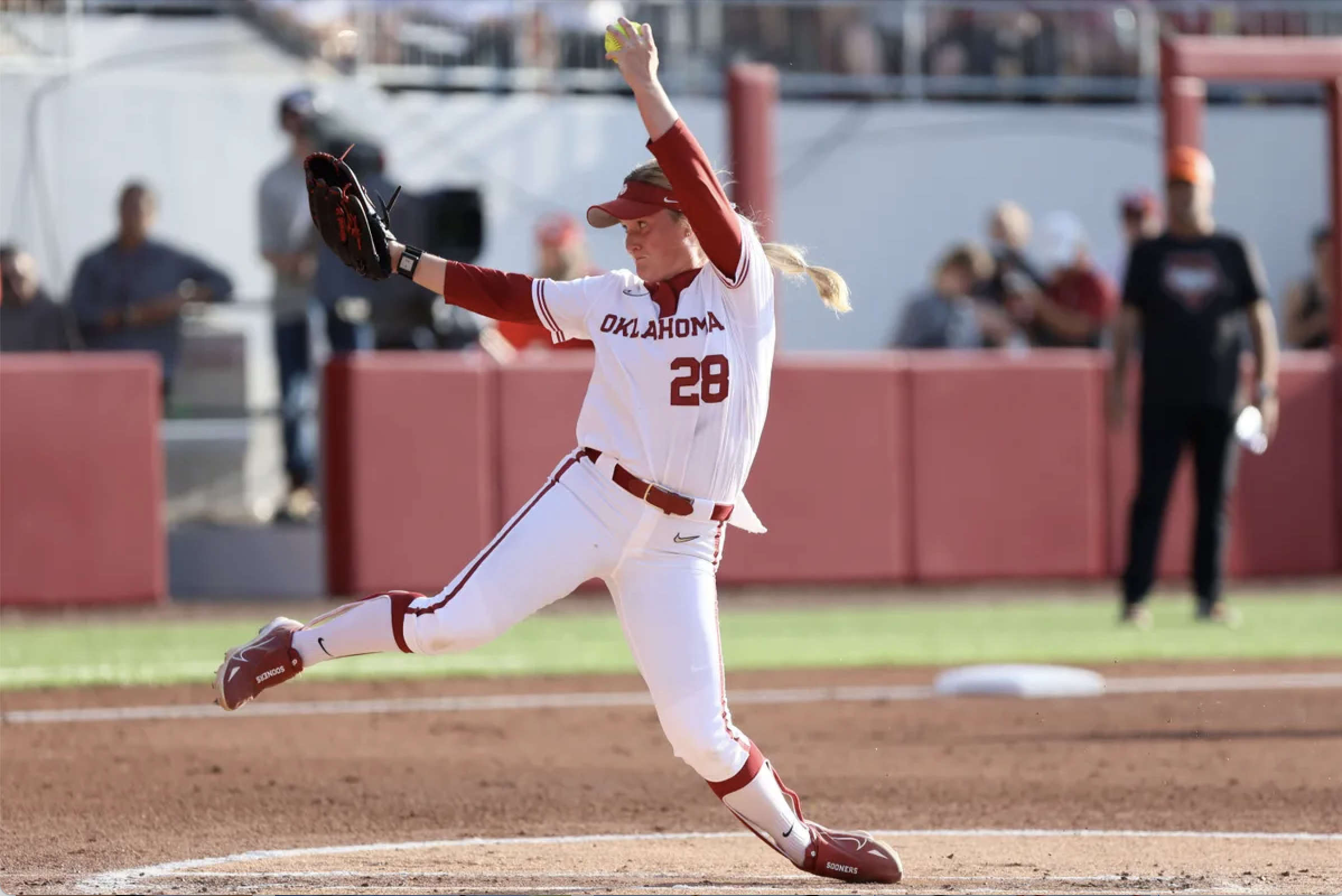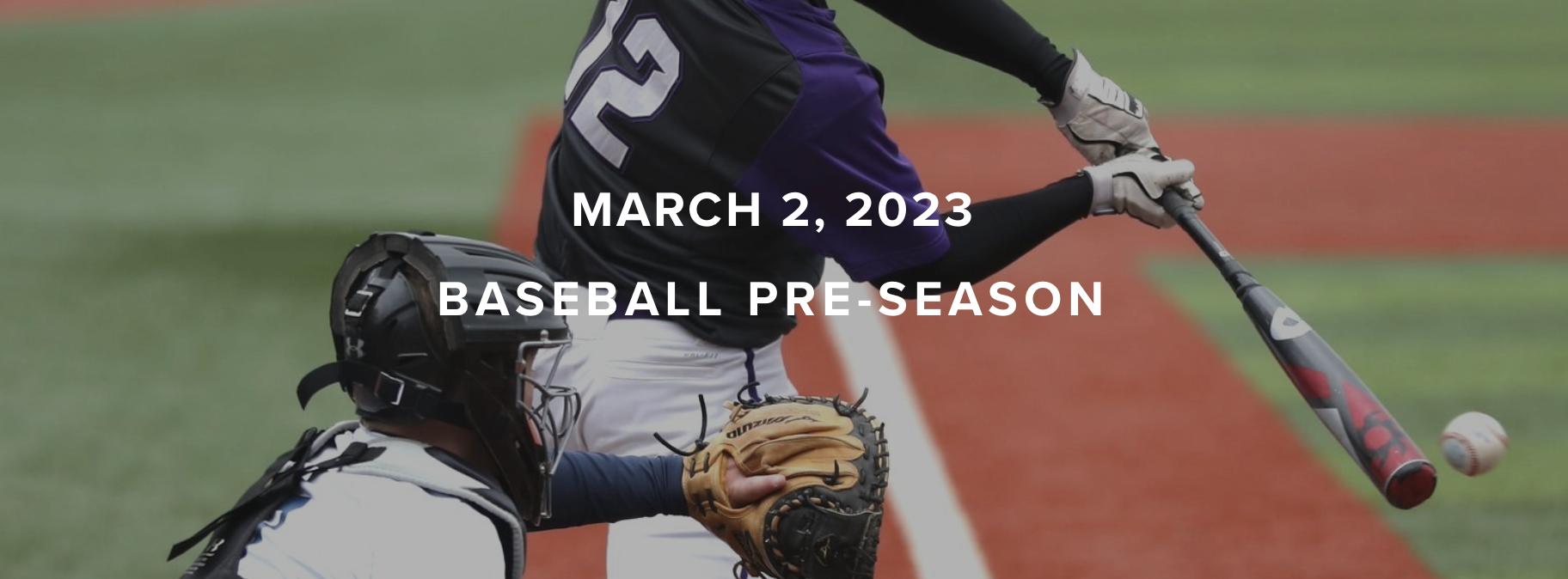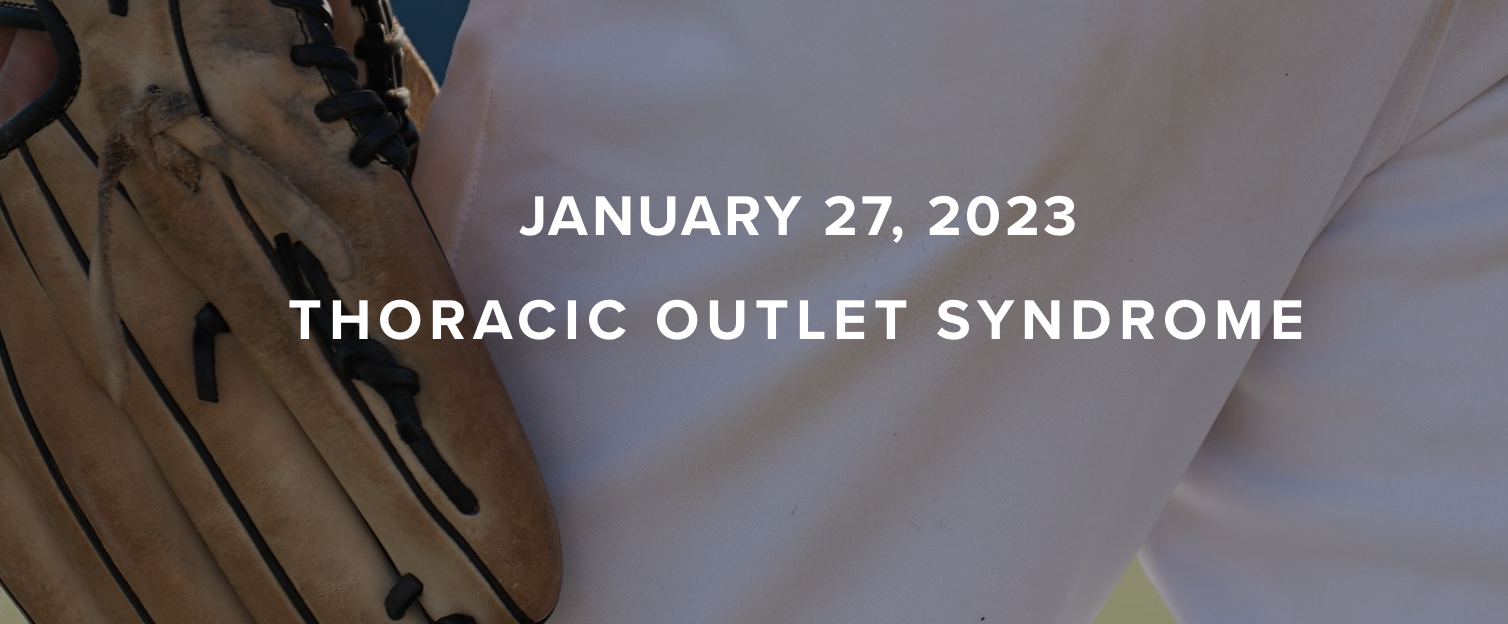The Top Injuries Suffered by Softball Players:
Prevention & Recovery
Softball is a popular and engaging sport enjoyed by millions of people worldwide. While it provides excellent physical exercise and fosters teamwork, like any sport, it comes with its risks of injuries. Understanding the most common injuries in softball and how to prevent and treat them can help players stay safe and enjoy the game longer. In this blog, we’ll explore the top injuries suffered by softball players and provide tips on prevention and recovery.
Shoulder Injuries
Common Types
Rotator Cuff Tears: The rotator cuff is a group of muscles and tendons that stabilize the shoulder. Overuse or sudden impact can cause tears.
Labral Tears: The labrum is a ring of cartilage that surrounds the shoulder socket. Repeated throwing motions can lead to tears.
Prevention
Strength Training: Focus on exercises that strengthen the shoulder muscles and improve flexibility.
Proper Throwing Mechanics: Ensure proper technique to reduce stress on the shoulder.
Recovery
Rest and Ice: Resting the shoulder and applying ice can reduce inflammation.
Physical Therapy: A structured rehabilitation program can restore strength and mobility.
Physical therapy is recommended to help improve mechanics, increase strength, and reduce the stress being placed on the growth plate once the athlete returns. A gradual return-to-throw program will also need to be implemented to help the athlete ramp up throwing activities safely. I highly recommend seeking a baseball specialist physical therapist to ensure sport-specific rehabilitation, as well as proper return to throwing.
““Shoulder pain or even slow developing pain is something that should be looked at by a physical therapist or shoulder specialist.””
Do Pitching Mechanics Matter?
Poor throwing mechanics can lead to excessive stress levels on the athlete’s shoulder/arm. This may increase the strain on the growth plate and can play a role in the development of soreness or injury.
Studies also show that throwing hard in and of itself increases arm stress/torque. Therefore, the harder an athlete throws and the better the get at softball, the more stress can be created in the shoulder. It is not uncommon to see the player with the best mechanics, who also throws the hardest, develop soreness—especially if this player is used most often for pitching and playing shortstop, catcher, or other positions with high throwing demands.
Throwing of any kind causes stress to the shoulder. This is true regardless of whether the athlete has the best or worst mechanics and is the reason focus should be applied to workload management when trying to prevent Little League shoulder.
““It is critical for the athlete have honest communication with the coach as this is the greatest prevention of season ending injuries.””
Elbow Injuries
Common Types
Ulnar Collateral Ligament (UCL) Injuries: Commonly known as "pitcher’s elbow," this injury is due to the repetitive stress of throwing.
Tendonitis: Inflammation of the tendons in the elbow, often from overuse.
Prevention
Pitch Count Limits: Limit the number of pitches thrown in a game and over the course of a season.
Proper Warm-Up: Ensure a thorough warm-up before games and practices.
Recovery
Rest: Modify throwing activities until the pain subsides.
Strengthening Exercises: Focus on forearm and elbow strengthening exercises to support the joint.
A physical therapy plan is crucial for a full recovery from their elbow injury, as it strengthens the affected area and improves flexibility. Encourage the athlete to perform their prescribed exercises consistently, as these are designed to gradually restore function and prevent future injuries. And lastly, regular communication with the PT will help track progress and make necessary adjustments to the treatment plan, ensuring the best possible outcome for the softball athlete’s recovery.
““Teaming up with a physical therapist can help you navigate not only the proper amount of pitching for you, but can also be a strong communicator to your coach.””
Knee Injuries
Common Types
Anterior Cruciate Ligament (ACL) Tears: Often caused by sudden stops and changes in direction.
Meniscus Tears: Damage to the cartilage in the knee from twisting motions.
Prevention
Strength Training: Strengthen the muscles around the knee to provide better support.
Proper Footwear: Wear shoes with good support and traction.
Recovery
Rest and Ice: Rest the knee and use ice to reduce swelling.
Physical Therapy: Rehabilitation exercises can help restore knee function and strength. Without a proper program this could put other structures mentioned above at risk. For example if a pitcher is lacking or hesitant through full knee mechanics many times compensation will happen through the elbow or shoulder.
““Too much stress can lead to injury, stress is a product of power and power is necessary for progression in baseball”.
”
Closing
While injuries are an inherent risk in softball, understanding how to prevent and properly treat them can make a significant difference in a player’s longevity and enjoyment of the game. Emphasizing proper technique, strength training, and wearing appropriate gear are key steps in minimizing injury risks. Should injuries occur, seeking prompt medical attention and following a structured recovery plan are essential for a full return to the field. Stay safe and play hard!
AUTHORs:
Mandie Majerus, PT, MSPT, OCS, CSCS, SFMAc, CMPT, CFSC
Physical Therapist, US Ski Team PT, Founder ATP, and Former Softball Player
Ben Wobker, PT, MSPT, CSCS, CFSC, SFMA
Physical Therapist, Founder & CEO LWPT
CONTRIBUTORS:
Jordan Bork, PT
Physical Therapist and Baseball Specialist
Terry Phillips, PT, DPT
Physical Therapist and Baseball Specialist
Joe Midgett, PT, DPT
Physical Therapist and Baseball Specialist
Bob Adams, DO
Sports Medicine Physician and Former head of the medical team for USATF
Avi Goodman, MD
Evergreen Health Orthopedics & Sports Medicine
Samuel Koo, MD
Orthopedic Surgeon, ProOrtho
Vincent Santoro, MD (Retired)
Orthopedic Surgeon and former college pitcher
MORE BLOGS
MORE WEBINARS
REFERENCES
Chandra, Venita, et al. “Thoracic Outlet Syndrome in High-Performance Athletes.” Journal of Vascular Surgery, vol. 58, no. 2, 2013, pp. 567–568., doi:10.1016/j.jvs.2013.05.086.
Ferrante, Mark A., and Nicole D. Ferrante. “The Thoracic Outlet Syndromes: Part 2. The Arterial, Venous, Neurovascular, and Disputed Thoracic Outlet Syndromes.” Muscle & Nerve, vol. 56, no. 4, 2017, pp. 663–673., doi:10.1002/mus.25535
Hangge, Patrick, et al. “Paget-Schroetter Syndrome: Treatment of Venous Thrombosis and Outcomes.” Cardiovascular Diagnosis and Therapy, vol. 7, no. S3, 2017, doi:10.21037/cdt.2017.08.15.
Otoshi, Kenichi, et al. “The Prevalence and Characteristics of Thoracic Outlet Syndrome in High School Baseball Players.” Health, vol. 09, no. 08, 2017, pp. 1223–1234., doi:10.4236/health.2017.98088.
Sanders, Richard J, et al. “Diagnosis of Thoracic Outlet Syndrome.” Journal Of Vascular Surgery, vol. 46, no. 3, Sept. 2007, pp. 601–604., www.sciencedirect.com/science/article/pii/S0741521407007343.
Thompson, Robert W. “Thoracic Outlet Syndrome and Neurovascular Conditions Of The Shoulder In Baseball Players.” Baseball Sports Medicine, by Christopher S. Ahmad and Anthony A. Romeo, Wolters Kluwer, 2019.
Watson, L.a., et al. “Thoracic Outlet Syndrome Part 1: Clinical Manifestations, Differentiation and Treatment Pathways.” Manual Therapy, vol. 14, no. 6, 2009, pp. 586–595., doi:10.1016/j.math.2009.08.007.
Watson, L.a., et al. “Thoracic Outlet Syndrome Part 2: Conservative Management of Thoracic Outlet.” Manual Therapy, vol. 15, no. 4, 2010, pp. 305–314., doi:10.1016/j.math.2010.03.002.
Popkin, C. A., Bayomy, A. F., & Ahmad, C. S. (2019). Early Sport Specialization. Journal of the American Academy of Orthopaedic Surgeons, 27(22), e995–e1000.
DiFiori JP, Benjamin HJ, Brenner JS, et al. (2014) Overuse injuries and burnout in youth sports: a position statement from the American Medical Society for Sports Medicine. British Journal of Sports Medicine; 48:287-288.
Post EG, Trigsted SM, Riekena JW, Hetzel S, McGuine TA, Brooks MA, Bell DR. (2017). The Association of Sport Specialization and Training Volume with Injury History in Youth Athletes. Am J Sports Med; 45(6):1405-1412. doi: 10.1177/0363546517690848.
Buckley PS, Bishop M, Kane P, Ciccotti MC, Selverian S, Exume D, Emper W, Freedman KB, Hammoud S, Cohen SB, Ciccotti MG. (2017). Early Single-Sport Specialization: A Survey of 3090 High School, Collegiate, and Professional Athletes. Orthop J Sports Med. 28;5(7)
Bell DR, Post EG, Biese K, Bay C, Valovich McLeod T. (2018). Sport Specialization and Risk of Overuse Injuries: A Systematic Review With Meta-analysis. American Academy of Pediatrics; 142(3)
Myer, G. D., Jayanthi, N., DiFiori, J. P., Faigenbaum, A. D., Kiefer, A. W., Logerstedt, D., & Micheli, L. J. (2016). Sports Specialization, Part II: Alternative Solutions to Early Sport Specialization in Youth Athletes. Sports health, 8(1), 65–73.
Disclaimer: The information listed on this page is not to be used as medical advice. If you have any questions or concerns regarding stretching, mobility, or strength training, please seek out professional attention.



